There is at least one thing that unifies all freelancers across the globe. And it is as plain as day — they work to get paid. Getting paid successfully and efficiently is a significant concern for many of them. They beg questions: how do you pick the proper payment methods for freelancers among all the available options? What's the best payment option for freelancers to get paid online?
In this article, we'll try to sort things out.
Payment options for freelancers: how do they get paid?
First of all, let's ensure we're on the same page regarding the process of payments for freelancers. Typically, the procedure is as follows:
- you conclude an agreement with your client (through a contract or just a handshake);
- after the work you agreed on is done, an invoice for payment is created and sent;
- you collect payment through a payment portal or by check/cash.
Some freelance neophytes might have never understood the issue — what is the problem here? Why can't marketplaces pay directly to freelancers? First, the procedure might be pretty complex for marketplaces, especially when paying out to freelancers across borders. The transaction settlement may also lack speed and efficiency due to high fees and commissions.
So, what are the ways out? Let's proceed.
Choosing the best payment options for freelancers
When working freelance, it is vital to be well-versed in different payment methods for freelancers. If you stick to only one option for getting paid, you may miss out on some orders: some clients may not be comfortable with it and will choose a freelancer with an option they need. When working on foreign freelance exchanges, local payment methods may not work, and you will have to look for alternatives urgently.
Before choosing the way to accept payments, look for the following aspects:
- What payment services do you prefer — online or offline?
- What is your geography (where do you offer your services)?
- Which payment platform do you find reliable?
- What methods do other freelancers commonly use?
- And last but not least, what fees do you consider affordable?
Let's look at the most popular payment options for freelancers and define their pros and cons.
Check. The most traditional way of moving funds.
- easy to use
- no fees
- cross-border payments
- lack of speed (settlement may take up to several days)
Paypal. The best-known online payment processing service.
- fast
- high fees
Credit card payments. Traditional payment method many freelancers got used to.
- fast
- low fees
- implies sharing credit card data, which may be uncomfortable for some clients
Bank wire transfer. Often preferred for local payments.
- secure
- reliable
- high fees
- cross-border payments can take up to 5 business days
Electronic funds transfer (EFT). All pros and cons usually depend on the bank.
- fast
- cheap (still, it depends on the bank)
- sometimes, the settlement can still take several business days
- might feature high fees
Accounting software with built-in payment options. Implies producing and sending invoices and collecting electronic payments (e.g. services like QuickBooks, Wave, or Due)
- secure
- convenient (facilitates all your data consolidation)
- fast
- relatively low fees
- sometimes fees may be high (depending on the volume of transactions)
Freelance platforms. Specific freelance platforms have their own built-in payment processing solutions.
- secure
- reliable
- entails fees
- withdrawing funds from the account has certain restrictions (often on periods and methods)
Built-in payment gateway on your website. The best solution for those who have a personal website.
- easy to use
- reliable
- in most cases, it features high-end technologies
- not lucrative if your payment volumes are low
It isn't easy to name the best payment options for freelancers. The reason is simple — everyone values different aspects, from the convenience and speed of money movement to the cost of each transaction. After thoroughly considering all the elements of your workflow and conditions, you may choose the best solution for your specific needs.
Accepting payments on your site can be extremely easy and efficient. Corefy gives you access to various payment options through a single integration with our platform. Integrate an advanced built-in Checkout to accept payments on your website or receive online payments by issuing and sending invoices to your customers. Contact our team to find the best payment options for online freelancers. Be your own boss, and don't let troubles with your payments spoil it all.



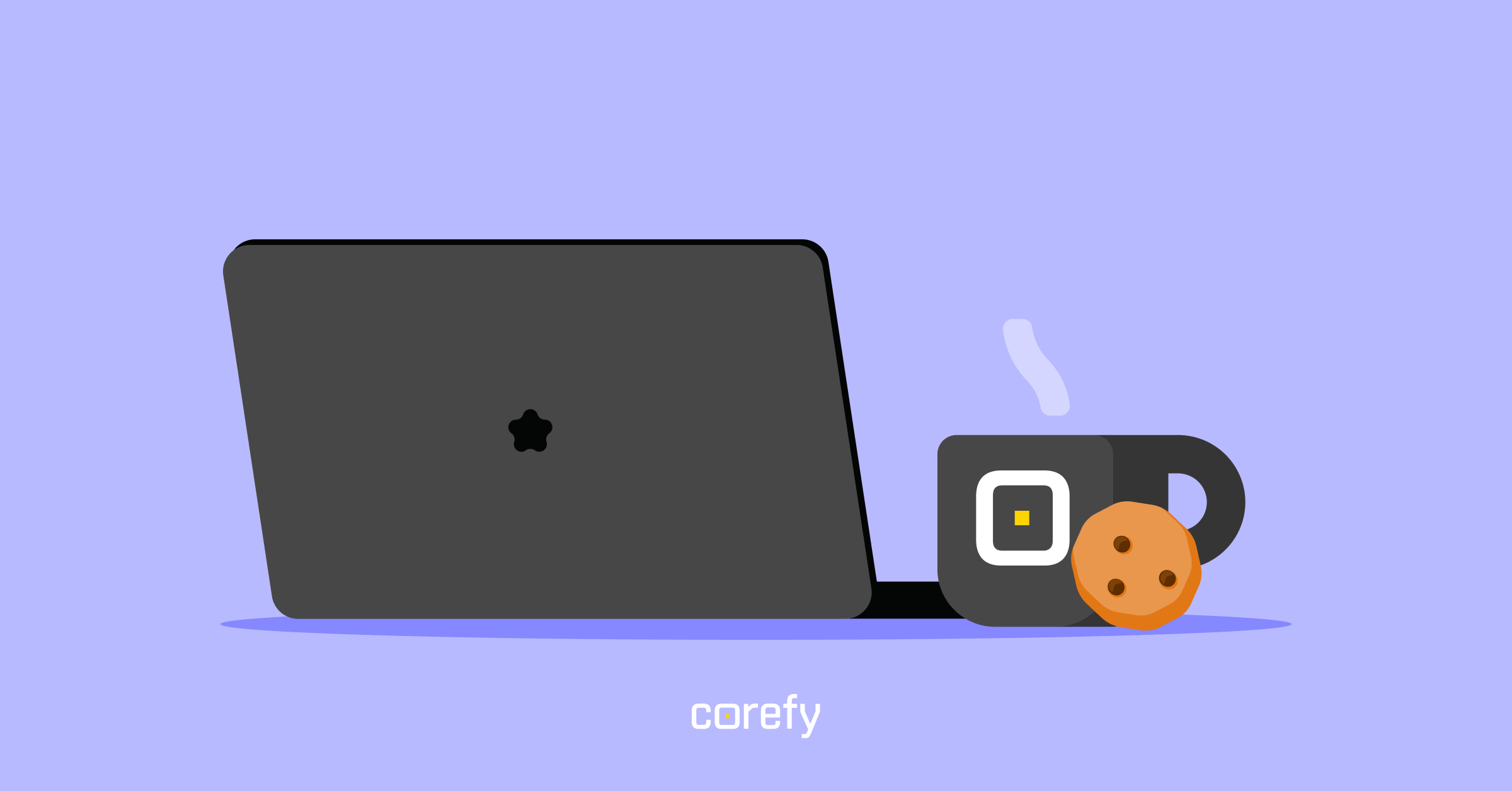
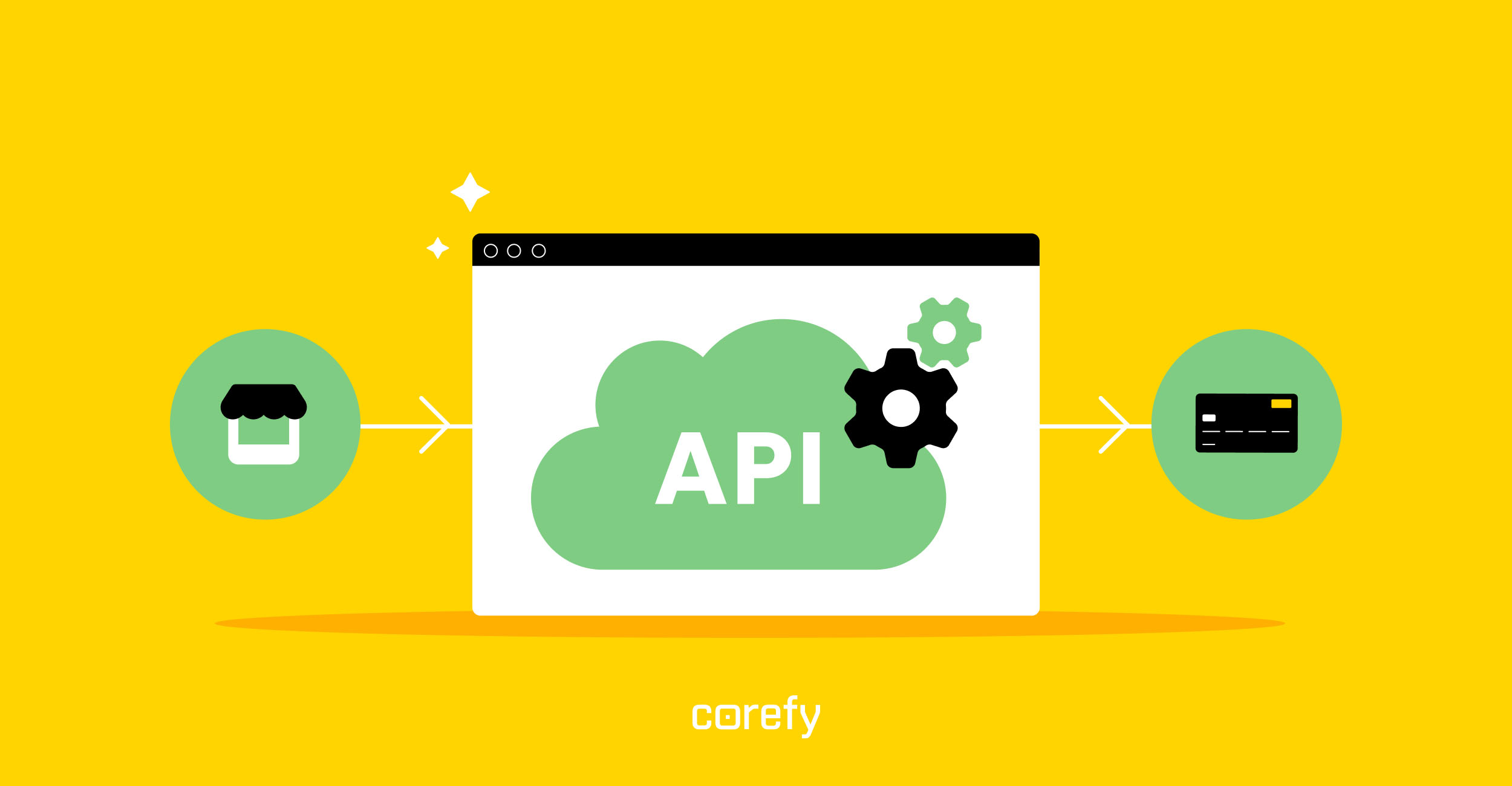
.jpg)
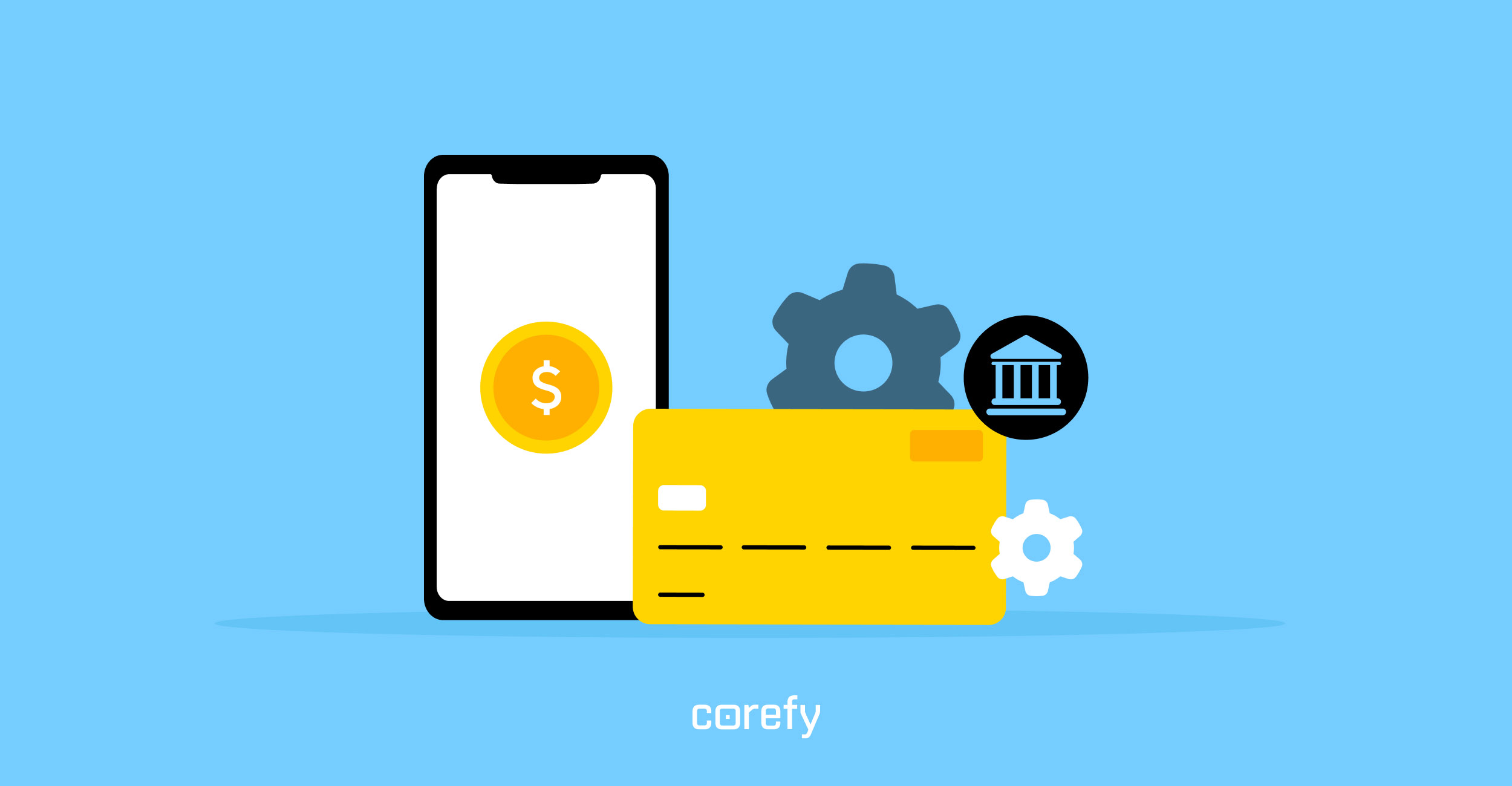
.jpg)
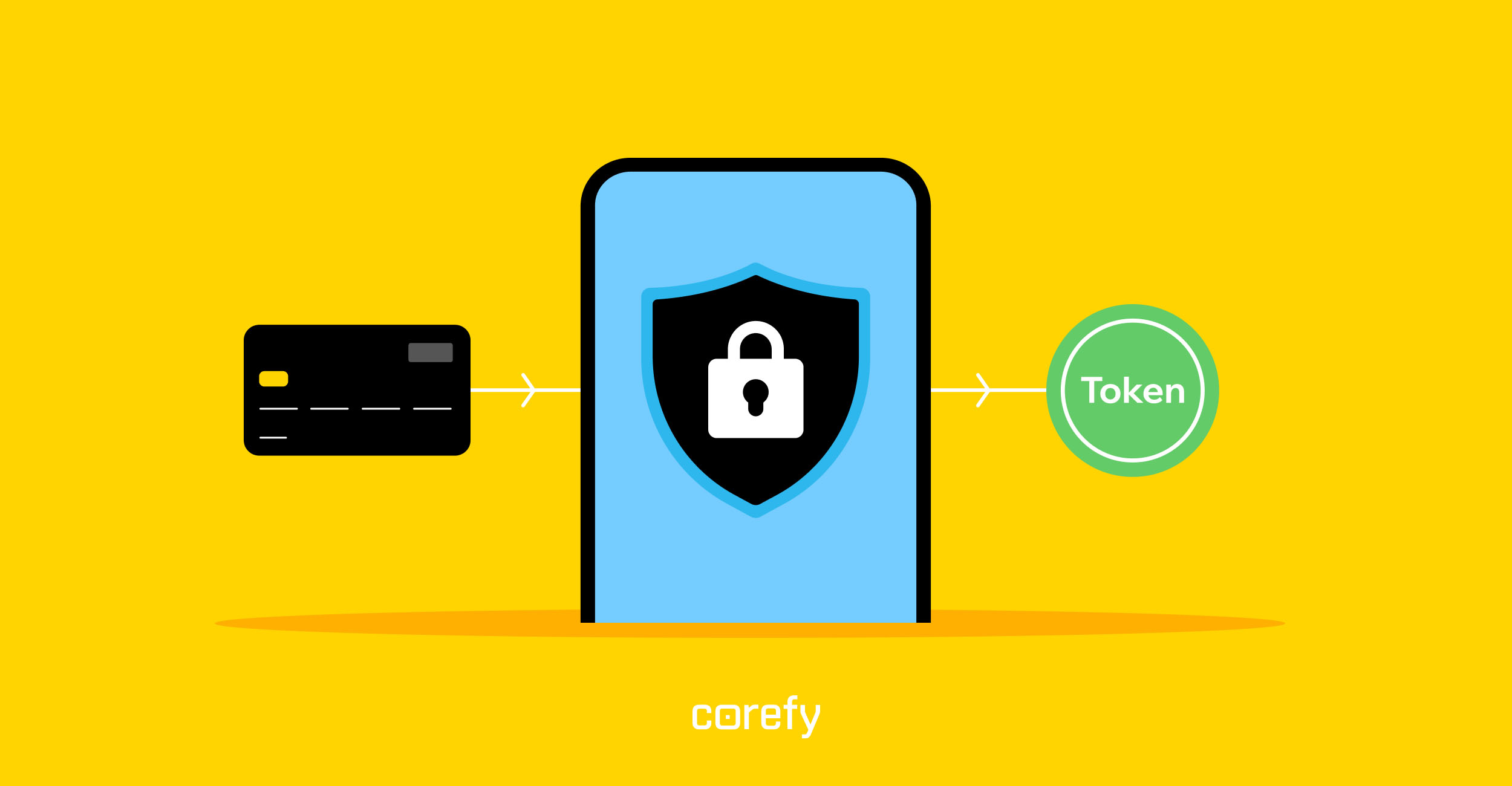
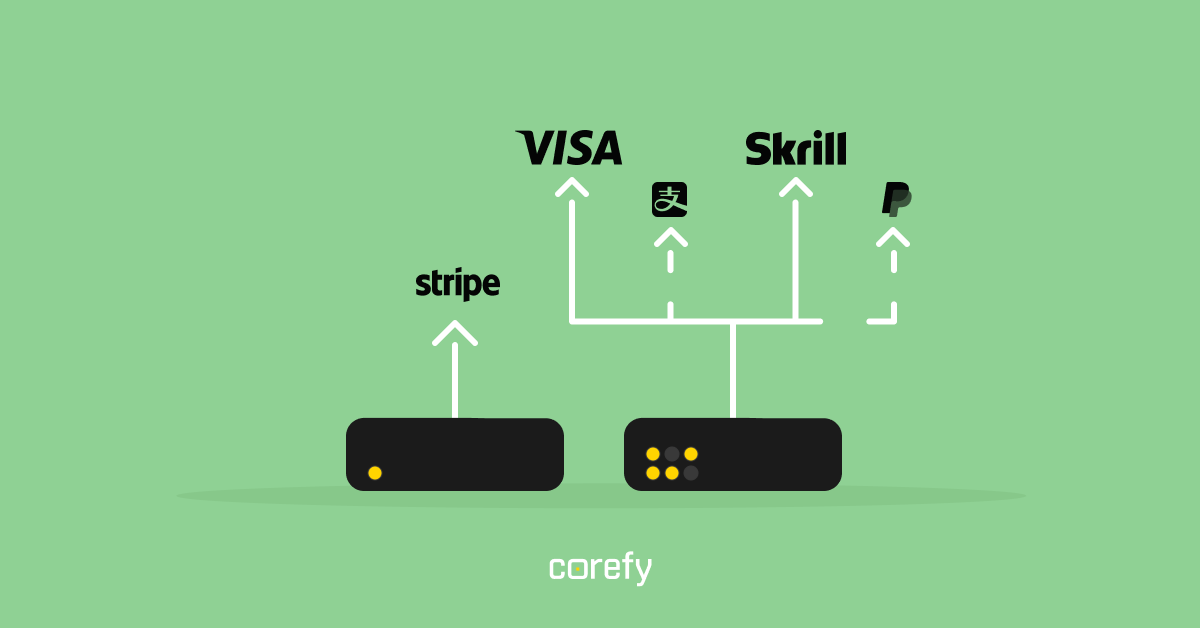

.jpg)
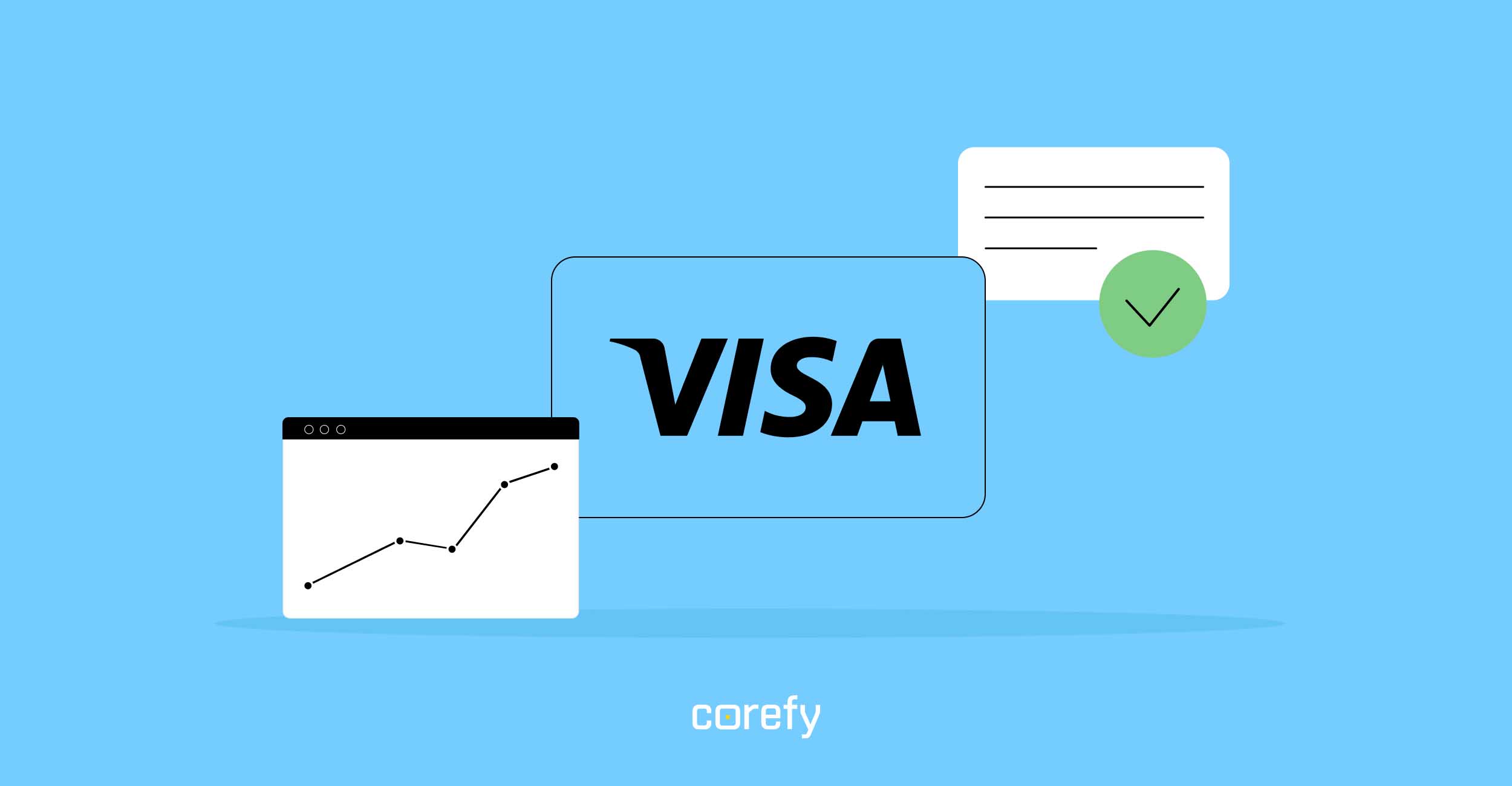
.jpg)